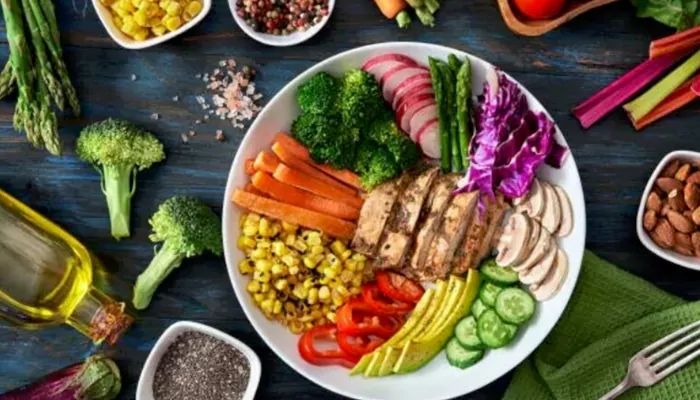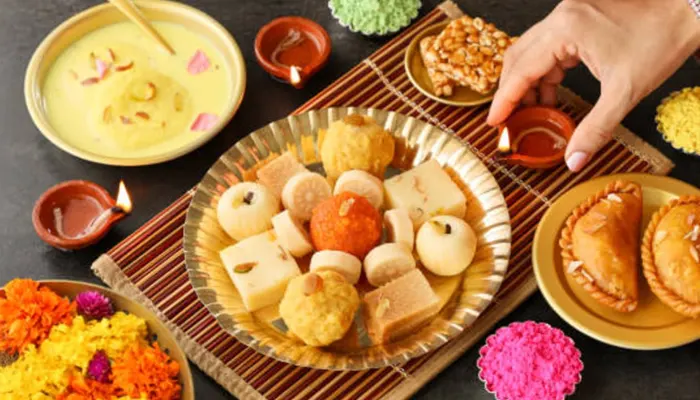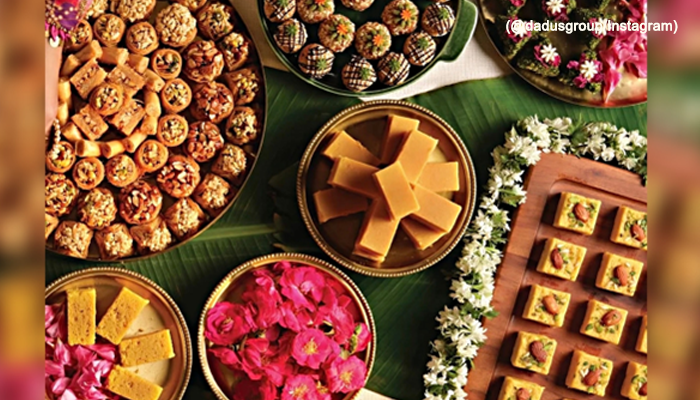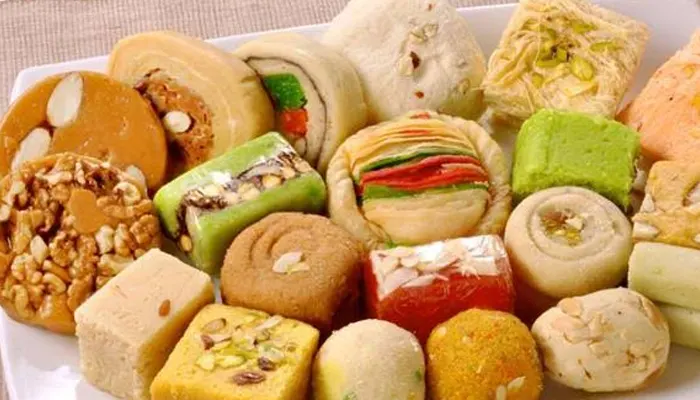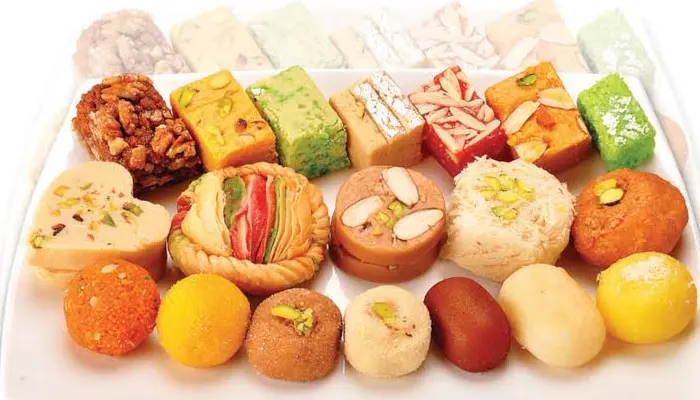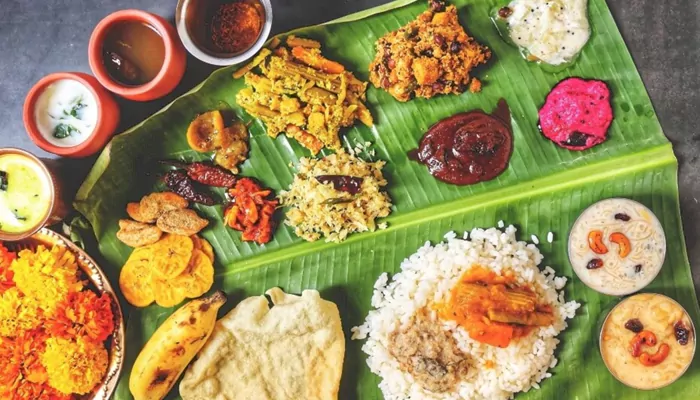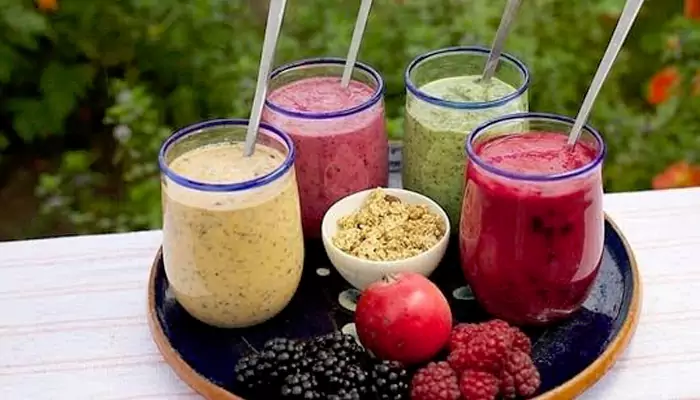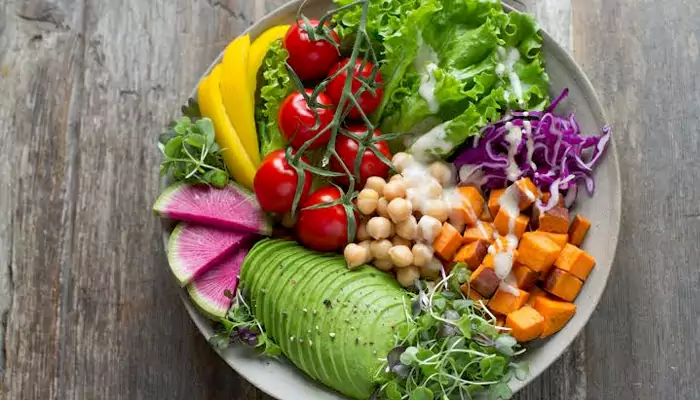Detect Fake Spices: A Comprehensive Guide to Identifying Fake Spices
- Satavisha
- 1 year ago
- 4 minutes read

Do you know if the spices in your pantry or kitchen shelves are original or clever imitations? Identify authentic spices from the fake imitations! Prepare yourself to investigate the ultimate truth of spices.
We use spices and herbs in our foods to boost flavours and we bet you wouldn’t want to use tasteless and low-quality spices that lack aroma and flavour. Contrary to traditional belief, the issue does not only involve quality and freshness. The actual problem is way more sinister — chances are — the spices you purchased from your nearest grocery store are counterfeit products packed with artificial flavours, cheap fillers, harmful colours, and chemical preservatives. Therefore, it becomes critical to learn the skills of identifying authentic spices from imitations. If you want to detect fake spices, consider the following things.
Chilli Powder
Many shopkeepers and local traders often mix harmful dye pigments in red chilli powder—and sometimes even ground red bricks. Consumption of this chilli powder may cause serious health hazards. To identify the original red chilli powder, soak a teaspoon of the spice in water. If the powder floats on the surface of the water, it is authentic and if it sinks immediately, the spice is fake.
Cinnamon
When buying cinnamon, always check the product label. If the label says cassia or cinnamon, it is fake. Cassia is also a spice and it appears like cinnamon, but is a tree bark obtained from a different plant. Examine the texture, if it has a softer texture, and is much lighter and thinner in circumference, then you have found real cinnamon. Additionally, cinnamon has a very strong scent and cassia does not.
Black Pepper
Of all the herbs and spices, identifying fake black pepper is the easiest. However, ground black pepper has been reported to be degraded by many sellers who sell papaya seeds. When purchasing peppercorn, crush it to check if it is oozing out oil, if yes, then it is the original peppercorn. Otherwise, you are dealing with adulterated spices.
Turmeric Powder
Consumption of turmeric is excellent for our health, due to its medicinal properties. But many sellers mix metanil (a yellow azo dye) with turmeric. To determine the purity of turmeric powder, dissolve a teaspoon of turmeric in water, if the powder floats on the water, it is a counterfeit product. Adulterated turmeric powder contains starch and lead and should therefore be avoided.
Coriander powder
Most sellers combine weeds and flour husk in coriander powder. But you can take a whiff of it to identify the difference between fake and real coriander powder. The aroma of the original coriander is very potent while the fake alternative smells like wild plants.
Check the Price
If the prices are too low, you have valid reasons to be suspicious and concerned. Refrain from buying cheap spices and dubious bulk offers. Stay cautious.
Buy from Trusted Sellers and Brands
You must go through a few trials and errors before you master the art of identifying reliable sources that sell authentic spices. But once you have it figured out, you can’t possibly get tricked with counterfeit products.
Examine Packaging and Seals
Trusted and reliable manufacturers ensure authenticity by using secure packaging. The spice packaging should provide vital information like batch number, expiration date, and manufacturing data. These pieces of information can help buyers make informed decisions when purchasing goods from the market.
Examine the Feel and Appearance
You must learn to recognise the true texture, colours, aroma and taste of the spices you are purchasing. Genuine spices typically have natural, vibrant colours, unique aromas, and consistent shapes and sizes. Check for foreign matters (if any) such as twigs and dirt.
Becoming a spice connoisseur demands practice, but your newfound identifying skills can help detect adulterated products and toss out fake spices stored in your pantry.


